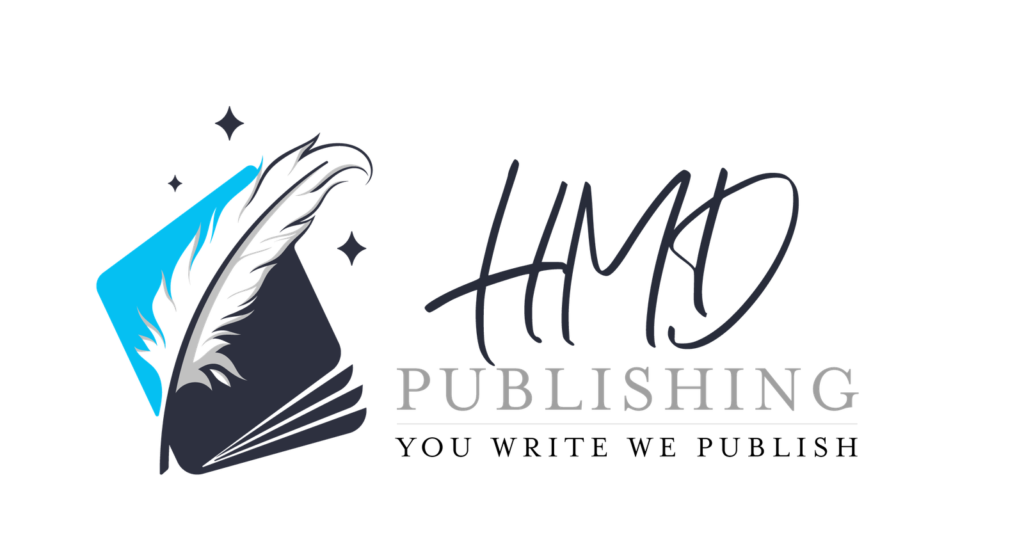KDP publishing in 2025 has transformed with AI writing tools creating unprecedented opportunities for authors who adopt innovative self-publishing strategies. Successful independent authors now combine strategic author platform optimization with targeted digital book marketing to build profitable, long-term businesses rather than just selling books.
The Evolving Landscape of Self-Publishing: KDP in 2025
Amazon’s KDP platform continues to dominate the self-publishing market with approximately 80-85% of ebook sales in US and UK markets. The platform has implemented more AI-driven features for authors, including enhanced analytics, automated marketing suggestions, and improved category targeting.
Recent changes to KDP Select and Kindle Unlimited compensation now favor quality reading engagement over quantity of downloads. This shift rewards authors who create content that readers actually finish and enjoy rather than just click on.
New categories and metadata opportunities have opened up in 2025, allowing for much more precise targeting of readers. Smart authors are using these expanded options to position their books in less competitive but highly specific niches where they can gain visibility faster.
The royalty structures have also seen significant updates, with Amazon introducing tiered royalty rates based on reader engagement metrics. Authors who maintain high completion rates and positive feedback can now earn up to 75% royalties in certain categories, compared to the standard 70%.

AI Writing Assistants: From First Draft to Final Manuscript
The latest generation of AI writing assistants have become game-changers for productive authors. Tools like GPT-5, Claude 3, and specialized platforms such as Sudowrite and Atticus can reduce first-draft writing time by 30-50% while maintaining the author’s unique voice.
I’ve found that the key to success with these tools is learning how to prompt effectively. Specific, detailed prompts that include your writing style, genre conventions, and character details produce much better results than vague requests.
Fiction authors are using AI assistants to overcome writer’s block, generate plot ideas, and create consistent character voices throughout a series. The tools excel at suggesting dialogue options and describing scenes in various styles that authors can then refine.
Non-fiction writers benefit from AI’s ability to organize research, generate explanatory paragraphs, and create varied examples to illustrate concepts. Many report cutting their research-to-draft time in half while producing more comprehensive first drafts.
Ethical considerations around AI-assisted writing have evolved in 2025, with most publishing platforms requiring disclosure when significant portions of a book are AI-generated. The industry standard has settled on a simple attribution note in the copyright page that satisfies both readers and platforms.
Cover Design Revolution: AI Image Generation for Standout Books
AI cover design tools have dramatically reduced the cost barrier to professional-quality book covers. Systems like Midjourney V6, DALL-E 3, and book-specific platforms like Covermatic can generate genre-appropriate designs that match market expectations while allowing for customization.
The cost of custom book cover creation has dropped by 40-60% compared to traditional design services. Yet the quality has improved to where AI-assisted covers perform within 5-10% of professional human designs in click-through tests.
The most effective approach combines AI-generated elements with human design touches. I start by generating several base images with AI, then work with a designer to add typography, effects, and branding elements that make the cover uniquely mine.
Genre-specific design trends change rapidly, but AI tools now track these shifts and can suggest current genre conventions. For romance, thriller, or fantasy books, this means your cover can signal the exact subgenre to potential readers, increasing click-through rates by up to 35%.

Smart Marketing: Leveraging AI for Reader Acquisition
AI-driven audience targeting has revolutionized book marketing on Amazon and social platforms. These systems analyze successful books in similar categories to suggest keywords, blurb improvements, and pricing strategies customized for your specific book.
Authors using these tools report 20-35% improvements in conversion rates and significant time savings in marketing management. The key benefit is the ability to test dozens of ad variations simultaneously, quickly identifying which messaging resonates with potential readers.
Automated ad optimization tools now handle bid adjustments and targeting refinements without constant manual intervention. I set my daily budget and conversion goals, and the AI handles the rest, freeing me to focus on writing rather than monitoring ad performance.
Personalized marketing funnels using reader behavior data have become standard practice among successful KDP authors. These systems deliver different messages to cold prospects versus warm leads who’ve already engaged with your content, dramatically improving overall conversion rates.
The most powerful strategy I’ve found combines AI analytics with targeted email marketing to build direct reader relationships. While the AI handles the technical aspects of audience targeting, the human touch in reader communication remains irreplaceable.
Beyond Text: AI-Powered Audiobook Production
AI narration technology has reached near-human quality for narrative content, opening the audiobook market to authors at all levels. Production costs have dropped from $1,000-$3,000 per finished hour to $50-$200, enabling more authors to enter this market that continues growing at 15-20% annually.
Companies like DeepZen, Speechki, and Apple’s digital narration offer affordable alternatives to traditional audiobook production. The quality varies by service, but the top-tier options can create narration that 85% of listeners find indistinguishable from human narrators.
I’ve found that hybrid approaches often work best, using AI narration for the main text while hiring voice actors for dialogue sections. This combines cost efficiency with the emotional range human actors bring to character interactions.
Distribution channels for AI-narrated audiobooks have expanded, with most major platforms now accepting them with proper disclosure. ACX (Amazon’s audiobook platform) has created specific categories for AI-narrated content, helping listeners find these productions while maintaining transparency.

Data-Driven Publishing: Using AI Analytics for Strategic Decisions
AI analytics platforms like Publisher Rocket, BookTok Trends AI, and K-lytics provide sophisticated market analysis that was once available only to traditional publishers. These tools aggregate data from multiple sources to predict market trends 3-6 months in advance, giving strategic authors significant advantages.
Sales pattern recognition tools help identify optimal launch timing based on genre-specific trends and market saturation. I’ve moved book launches multiple times based on this data and seen up to 40% improvements in first-month sales compared to my original plans.
Competitor analysis platforms offer insights into genre and pricing without the need for constant manual research. These tools track thousands of books in your category, identifying pricing sweet spots, keyword opportunities, and untapped subcategories where your book might thrive.
Reader feedback aggregation systems now compile and analyze reviews across multiple platforms, identifying specific strengths and weaknesses in your work. This objective analysis helps focus your improvement efforts on areas that will most impact reader satisfaction.
Ethical AI Integration: Maintaining Authenticity in an Automated World
Balancing AI assistance with creative integrity remains one of the biggest challenges for authors in 2025. Reader surveys show that while 72% of readers are comfortable with AI help in editing and marketing, only 45% are fully comfortable with AI-generated creative content.
Transparency practices for AI-enhanced publishing have evolved into clear industry standards. Most successful authors now include a simple statement about their AI usage philosophy either on their website or in the book’s front matter.
Building genuine reader connections while scaling with automation requires intentional balance. I use AI for tasks like scheduling posts, generating marketing copy variants, and analyzing performance data, but keep my direct reader interactions 100% human.
The most respected authors in 2025 use AI as an amplifier for their human creativity rather than a replacement. This approach maintains the authentic voice readers connect with while using technology to handle repetitive tasks and provide data-backed insights.
Future-Proofing Your Author Business: AI Tools for Sustainable Success
Subscription models and serialization opportunities have expanded with new AI tools that help manage consistent content delivery schedules. These systems can suggest optimal release timing, help maintain narrative consistency across episodes, and analyze reader engagement to guide story development.
Building multi-format content ecosystems around your books has become easier with AI tools that help repurpose your core content. A single book can now efficiently spawn audiobooks, blog posts, social media content, newsletters, and online courses with AI assistance in the transformation process.
Long-term rights management in an AI-influenced market requires new strategies to protect your intellectual property. Smart authors are using blockchain verification systems to timestamp original works and establishing clear usage guidelines for their content in AI training datasets.
The most successful KDP authors of 2025 think of themselves as content entrepreneurs rather than just writers. This mindset shift, combined with strategic AI tool usage, creates sustainable businesses that can weather platform changes and market shifts.
Key Takeaways
Success on KDP in 2025 requires embracing AI tools while maintaining your unique creative voice. Here are the essential strategies:
- Use AI writing assistants to accelerate production while maintaining your authentic style
- Combine AI-generated visual elements with human design touches for standout covers
- Implement automated marketing systems that free you to focus on creating content
- Expand into audiobooks using affordable AI narration options
- Make strategic decisions based on AI-powered market analysis rather than guesswork
- Maintain transparency about AI usage to build reader trust
- Develop a diversified content business rather than relying solely on book sales




